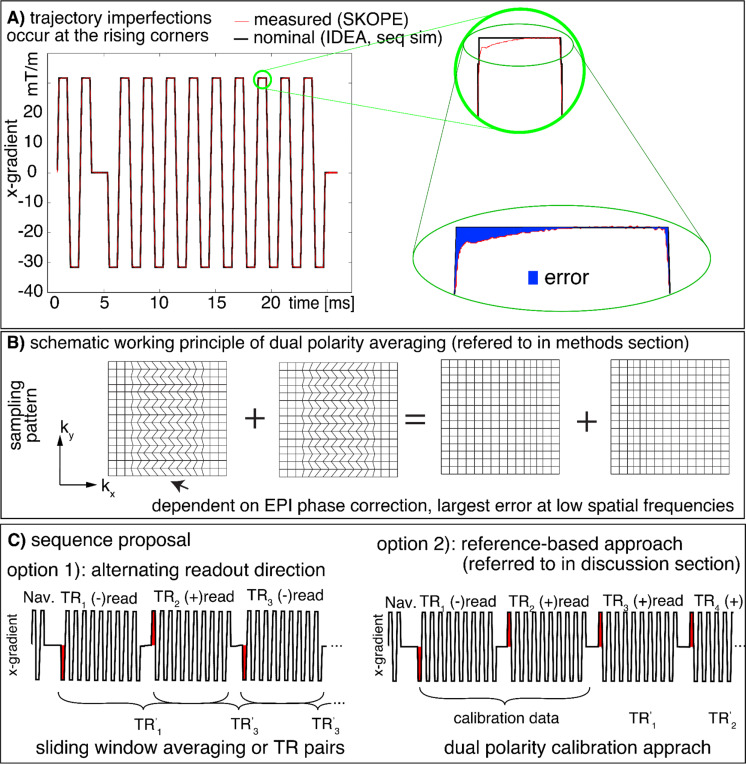Fig 3: Concept of Fuzzy ripples as EPI odd-even delays with ramp sampling with readout (here kx)-specific phase errors.
A) Gradient imperfections in high resolution EPI are most prominent at the corners of trapezoids,including both the rising and falling edges. The nominal EPI trajectory is derived from SIEMENS IDEA simulations, while the measured trajectory is obtained using SKOPE on a standard SIEMENS 7T MAGNETOM with third-order shimming.
B) Despite phase correction in the image reconstruction process, residual imperfections persist in the part of k-space that encodes lower spatial frequencies. These residual errors, shown as deviations in kx, manifest as irregular k-space grids for odd and even lines. Such odd-even errors are expected to produce EPI ghosting artifacts in low spatial frequencies.
B-C) This study introduces a strategy to address Fuzzy Ripple artifacts by employing a dual-polarity EPI approach that alternates the read direction every other TR (see methods section). EPI images with opposite read directions are anticipated to produce ghosts with opposite phases. Option 2 refers to an alternative future implementation that is referred to in the discussion section.

